Health
What Causes Milia (AKA Milk Spots) — And How Can You Safely Treat Them at Home?
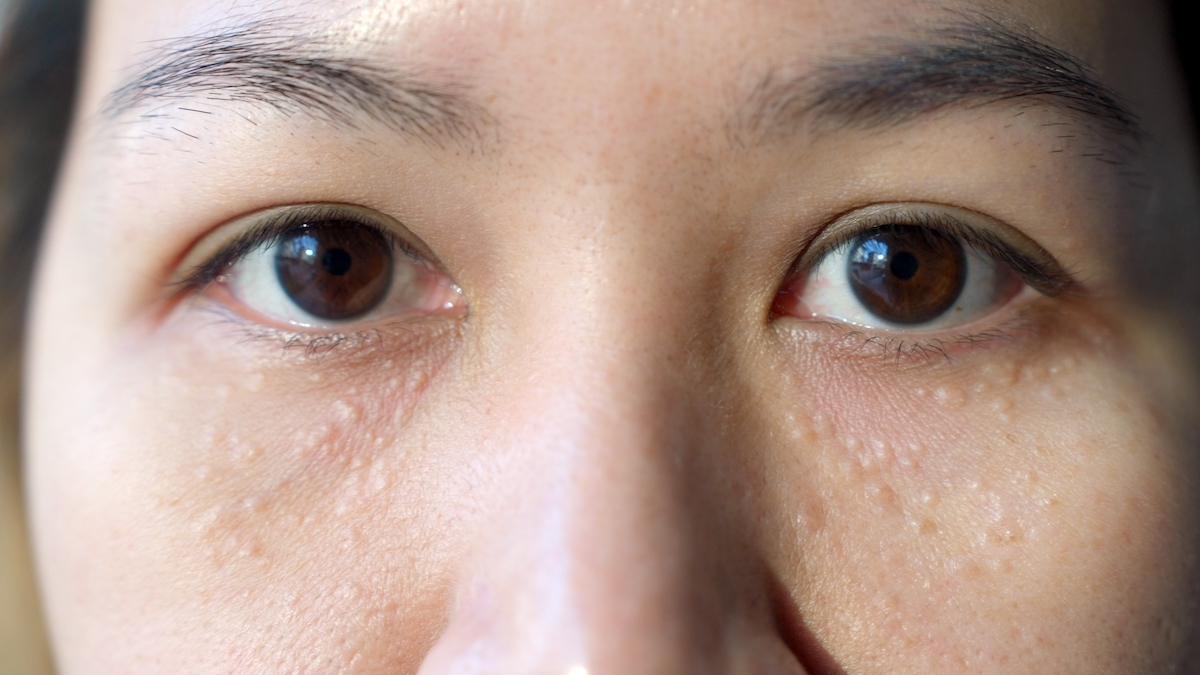
Let’s talk milia (also known as milk spots). If you’re not familiar, these are the tiny white bumps that can appear around the eyes and on other parts of the face in babies, and virtually anywhere on older adults. A type of cyst caused by the accumulation of keratin beneath the surface of the skin, milia are often mistaken for pimples or clogged pores. Treating milia, however, requires a different approach than the one used to treat acne. Below are the causes of milia and tips for safe milia treatment at home.
What should I know about milia?
Milia or “milk spots” are caused by the buildup of dead skin cells, oil, and debris that get trapped in your pores. Unlike acne, milia are not inflammation-based. This means they’re not caused by bacteria or other irritants. They’re simply keratin-filled cysts that form under the skin’s surface. Unlike some other skin conditions, these little bumps typically don’t itch, ooze, smell bad, or feel painful.
How common are milia?
Milia are quite common, especially in newborns, those with fair skin, and those who are frequently exposed to the sun. For the former, milia tends to go away on its own within a few weeks. For adults, milia tend to be more persistent, though they typically respond well to treatments.
What causes milia to flare up?
Milia can appear due to many reasons, including:
Genetics
Genetics can play a role in whether or not you’re prone to developing milia. Research has found that people with a family history of milia are more likely to experience it themselves.
Skincare Products
The skincare products you use could also cause milia to appear. Products that are too heavy or thick, such as rich creams and oils, can trap dead skin cells and oil underneath the surface of your skin. This can lead to the formation of milia.
Sun Damage
UV radiation from the sun can damage the skin, causing the development of milia. Sun damage can thicken the skin, making it harder for dead skin cells to shed naturally.
Hormonal Changes
Hormonal changes can also play a role in the formation of milia. This is particularly true for women who experience increased androgens, which can cause the skin to produce more oil.
Poor Exfoliation
Exfoliation helps remove dead skin cells and prevent build-up. Exfoliate regularly as part of your skincare routine to avoid accumulation of the dead skin cells on the surface of your skin that prompt milia.
Medical Conditions and Treatments
In some cases, milia can be a symptom of an underlying medical condition or a medication side effect. For instance, if you have a skin disorder, such as rosacea or eczema, or if you’re undergoing chemotherapy or surgery, you may experience milia.
Trauma and Injury
Finally, milia can appear as a result of trauma or injury to the skin, such as burns, blisters, or acne. When the skin is injured, it may produce excess keratin, a protein that forms the outermost layer of the skin and hair, which can clog the pores and cause milia.
What’s the best way to treat milia?
Below are nine tips for treating a milia skin condition at home.
1. Don’t pick or scratch milia.
The first and perhaps most important tip for treating milia is to resist the urge to pick or scratch them. Doing so can cause scarring and infection or make them worse. Instead, stick to gentle treatments that encourage the skin to exfoliate naturally.
2. Use facial exfoliants.
Facial exfoliants are an excellent way to remove the build-up of dead skin cells, oil, debris, and trapped dirt that can cause milia to form. You may choose to invest in a gentle scrub or chemical exfoliant that can dissolve dead skin and promote cell turnover.
3. Avoid heavy skincare products.
Steer clear of harsh chemical-laden moisturizers and makeup formulated with ingredients known to cause acne. Instead, opt for organic skincare products like jojoba oil, argan oil, or rosehip seed oil, which are light and airy.
4. Use retinoids.
Retinoids come from vitamin A and can help with a variety of skin concerns — including milia, in some cases. It helps eliminate dead skin cells, promotes cell turnover to lessen milia formation, and keeps your skin smooth and even-toned. You can find topical retinoid creams, solutions, and serums at your local drugstore. However, they may not be ideal for individuals with highly sensitive skin types, as they can cause dryness and irritation.
5. Try topical creams.
Topical creams can help treat milia if they contain active ingredients like alpha hydroxy acids (AHAs). These ingredients work to soften the skin and reduce irritation, promoting healthy cell turnover and reducing the occurrence of milia.
6. Use a warm compress.
A warm compress may help soothe milia by softening the affected area. The warmth of the compress helps in the buildup of pus, thus helping the milia to “pop out.” To make your warm compress, dip a washcloth in warm water and let it sit on the affected area for three to four minutes.
7. Try a chemical peel.
Chemical peels are often effective when treating milia. They help loosen the dead skin cells and dirt, allowing the milia to come out. You can find over-the-counter chemical peels with ingredients like glycolic acid, lactic acid, and salicylic acid. Still, it’s smart to consult a dermatologist for advice when starting a new treatment.
8. Invest in a good sunscreen.
Protecting your skin from the sun is important to prevent milia and generally avoid damaging your skin in the long run. Choose a broad-spectrum sunscreen with high SPF content that offers UVA and UVB protection. Make sure to apply it every day, even when the weather is cloudy or cool.
9. Visit a dermatologist.
If your milia persists or worsens after trying the aforementioned remedies, it’s best to seek professional help. A board-certified dermatologist can recommend treatments such as laser therapy, cryotherapy, or steroid injections to help you get rid of milia. For smaller breakouts, they can also simply use a sterile needle or comedone extractor for easy milia removal.
Any advice on how to prevent milia?
Prevention is key when it comes to milia. Here are tips for keeping these tiny bumps at bay:
Cleanse your skin properly and often.
Proper cleansing is crucial to prevent milia. Make sure to remove all makeup and dirt from your face before going to bed. Use a gentle cleanser and massage it in with gentle circular motions, rinsing thoroughly with lukewarm water. Avoid using hot water, which can strip your skin of its natural oils and cause dryness.
Stay hydrated.
Drinking plenty of water is essential for preventing milia. When your skin is dehydrated, it can become dry, flaky, and prone to milia. Make sure to drink at least eight glasses of water per day to keep your skin hydrated and healthy. You can also incorporate hydrating foods into your diet, such as watermelon, cucumbers, and tomatoes.
Moisturize daily.
Using a light moisturizer every day is essential in milia prevention. Choose one that’s suited to your skin type and packed with hydrating ingredients like hyaluronic acid or glycerin. Apply it to your face morning, night, and whenever your skin feels dry.
When should I seek medical attention?
If you’ve tried self-care treatments at home and have seen no improvement after several months, it’s time to visit a dermatologist. Additionally, if you find that milia are spreading or new spots are appearing, seek medical help. Do the same if you have cysts or boils that are red, swollen, and painful. These may be signs of an infection, and they need to be treated by a professional.
Key Takeaways
Milia can be frustrating to deal with, but understanding why they appear can help you better prevent and treat them. Whether it’s limiting your sun exposure, using non-comedogenic products, or being aware of hormonal changes, there are steps you can take to keep your skin looking its best. Don’t be afraid, too, to get advice from a skincare professional. With the right care, you can achieve the healthy, clear skin of your dreams.

Health
What You Should Know About the Military Diet: Experts Weigh In | Woman's World
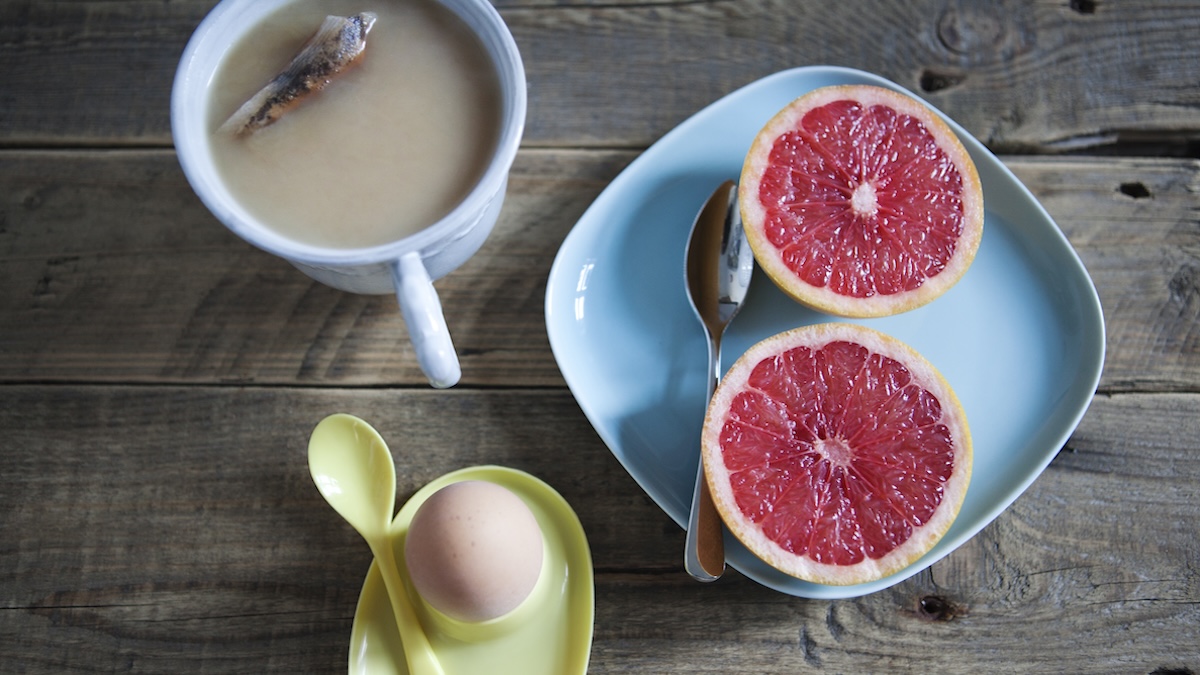
Sign Up
Create a free account to access exclusive content, play games, solve puzzles, test your pop-culture knowledge and receive special offers.
Already have an account? Login
Forgot your password?
Get back to the Sign In
Use left and right arrow keys to navigate between menu items.
Use escape to exit the menu.
Health
Could your car make you sick? Study highlights potentially cancerous toxins in vehicles
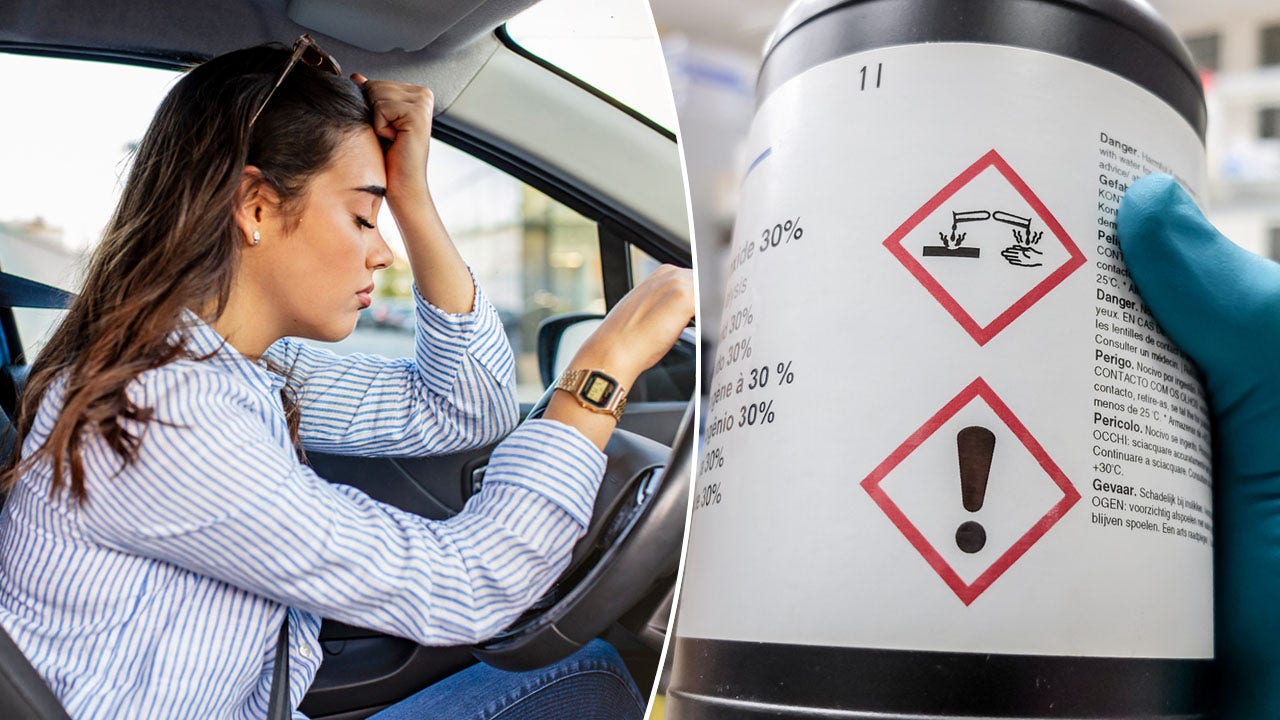
Americans may be breathing in cancer-causing chemicals while driving, recent research suggests.
A study published in the journal Environmental Science & Technology has sparked discussions about the potentially harmful toxins that could be lurking in the cabins of vehicles.
“Certainly the indoor air quality can cause health symptoms,” Dr. Ken Speath, M.D., the division chief and medical director for occupational and environmental medicine at Northwell Health on Long Island, New York, told Fox News Digital.
‘FOREVER CHEMICALS’ FOUND IN US DRINKING WATER, MAP SHOWS ‘HOT SPOTS’ OF HIGHEST LEVELS
It is important to be mindful of what you’re breathing in at home, at the office, at school and even in cars, according to Speath, who was not involved in the study.
“There can be situations where levels of harmful chemicals get high enough to potentially cause health harms,” he said.
Americans may be breathing in cancer-causing chemicals while they are driving, recent research suggests. A study published in the journal Environmental Science & Technology has sparked many discussions. (iStock)
“A car is a closed small space — so whatever is in the air is certainly going to be breathed in.”
Research reveals ‘harmful chemicals’
The peer-reviewed study looked at 101 owned vehicles in the U.S., model year 2015 or newer.
The researchers concluded that harmful flame-retardant chemicals — including those suspected of potentially causing cancer and some neurological issues — may be polluting the air inside vehicles.
DRIVING DANGERS: 9 TOP DISTRACTIONS THAT CONTRIBUTE TO ACCIDENTS, ACCORDING TO EXPERTS
“Flame retardant chemicals, which are intentionally added to vehicle interiors to meet flammability standards, are released into the cabin air from the materials to which they were applied,” lead author Rebecca Hoehn, a scientist at Duke University, told Fox News Digital.
“People in these vehicles may be exposed to these chemicals.”
Seat foam was the only material the researchers measured, Hoehn said, but other interior materials could also contain the chemicals.

The researchers concluded that harmful flame-retardant chemicals — including those suspected of potentially causing cancer and some neurological issues — may be polluting the air inside vehicles. (iStock)
“Considering the average driver spends about an hour in the car every day, this is a significant public health issue,” Hoehn warned.
“It’s particularly concerning for drivers with longer commutes, as well as child passengers, who breathe more air pound for pound than adults.”
The chemicals detected in the car cabins included a flame retardant called tris (1-chloro-isopropyl) phosphate (TCIPP), which is currently being investigated as a potential carcinogen by the U.S. National Toxicology Program.
“Considering the average driver spends about an hour in the car every day, this is a significant public health issue.”
Other flame retardants — tris (1, 3-dichloro-2-propyl) phosphate (TDCIPP) and tris (2-chloroethyl) phosphate (TCEP) — were also detected.
These are “two Californian Proposition 65 carcinogens linked to neurological and reproductive harms,” according to a press release.
Higher concentrations of the flame retardants were found during warmer weather.
“We found that the same cars, sampled in both winter and summer, had higher concentrations of flame retardants in the cabin air during the warm summer months,” Hoehn told Fox News Digital.

Flame retardants are added to vehicles to meet the National Highway Traffic Safety Administration Federal Motor Vehicle Safety Standard, which mandated their use in the 1970s. (iStock)
Flame retardants are added to vehicles to meet the National Highway Traffic Safety Administration Federal Motor Vehicle Safety Standard (FMVSS 302), which mandated their use in the 1970s, the release stated.
Flame retardants have been the “focus of concern for some time,” Speath told Fox News Digital.
More information is needed to determine the health risks these chemicals pose in humans, he said.
THESE MEDICATIONS COULD MAKE DRIVING DANGEROUS, THE FDA WARNS
“A number of these have been demonstrated in studies to have health harms in animals,” he said.
“That doesn’t necessarily mean that would be true for humans, but it raises that possibility, so we need to study these chemicals more in relation to their effects on humans.”

Higher concentrations of the flame retardants were found during warmer weather, the researchers said. (iStock)
Emanuela Taioli, M.D., PhD, the director of the Institute for Translational Epidemiology at Icahn School of Medicine at Mount Sinai in New York City, was also not part of the study, but shared her reactions.
“This is a very relevant finding, since it may prompt changes in cars’ upholstery, as well as in other parts of the car where there is foam,” she told Fox News Digital via email.
“We also want to know more about this finding and monitor whether it is replicated by other investigators.”
Other sources of toxins
Stephen Showalter, a home inspector and indoor environmental air consultant with Showalter Property Consultants in Maryland, said he typically interviews clients about their history of illness, then tests for potential sources of sickness in buildings, cars, RVs and boats.
Mold is a common culprit when it comes to health issues triggered by one’s environment, he said in an interview with Fox News Digital.
TOXIC CHEMICAL POISONING: HAVE YOU BEEN AFFECTED? HOW TO KNOW
Dr. Daniel Johns, a member of the International Society of Environmentally Acquired Illnesses and a chiropractor who practices in Annapolis, Maryland, echoed Showalter’s concerns about mold-related health issues.
Johns also cautioned that cars can be a daily source of mold exposure.
“Any water that leaks from a window, sunroof or convertible can get into the carpet and cause mold growth,” he said during an interview with Fox News Digital.
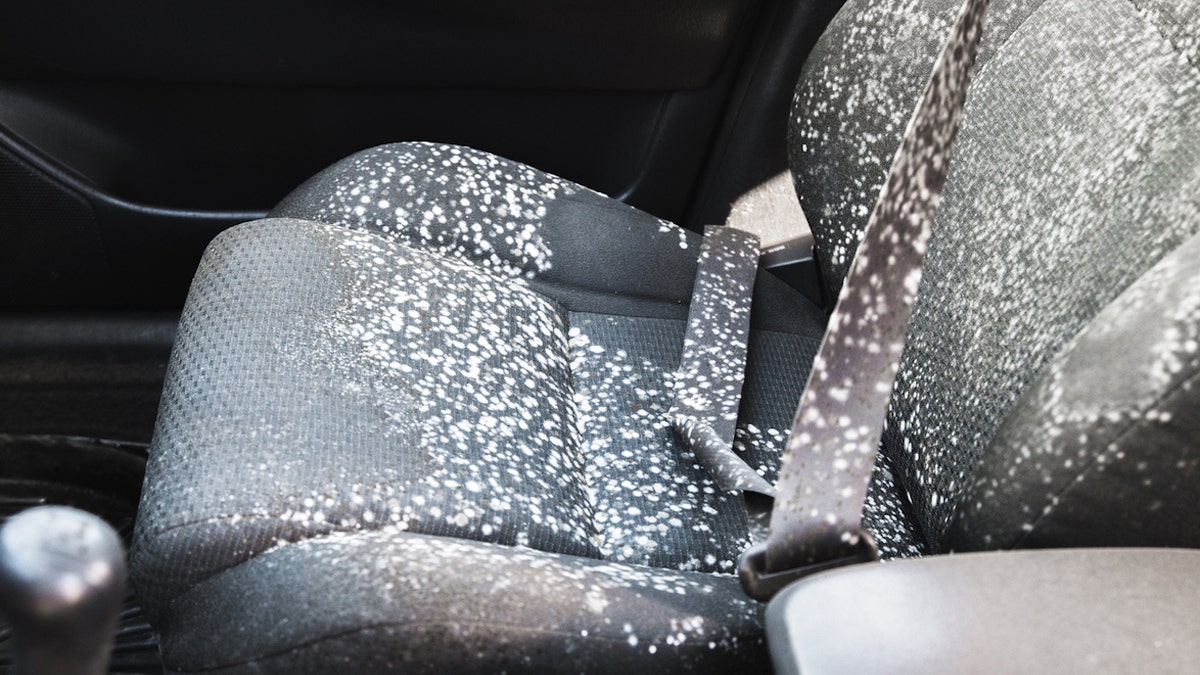
Mold is a common culprit when it comes to health issues triggered by one’s environment, according to an environmental expert. (iStock)
“Mold can start growing on a wet surface within 24 to 48 hours.”
For families with small children, spilled sippy cups could play a role when it comes to mold in cars, Johns warned.
“The water seeps into the upholstery and doesn’t get noticed or properly dried out, and the whole seat can become moldy,” he said.
“Mold can start growing on a wet surface within 24 to 48 hours.”
“Every time you sit on the seat, it releases a mold spore cloud into the car. Once that happens, you can’t clean it away. The upholstery must be removed and replaced.”
The impact of these potentially harmful pollutants can vary from one person to the next, experts told Fox News Digital.

For families with small children, spilled sippy cups could play a role when it comes to mold in cars, an expert warned. (Kids and Car Safety)
People metabolize chemicals and toxins in different ways, according to Taioli.
“Metabolism happens through enzymes that the body produces,” he said.
“Each of us has a different genetic profile that defines our metabolic capacity. As a consequence, the same amount of toxin may be metabolized better/faster by some, and worse/slower by others.”
Tips for ensuring safe interiors
While further research on car-borne chemicals is needed, experts say people can take measures to limit exposure.
“People may be able to reduce their exposure by ventilating their cars,” Hoehn advised.
“For example, rolling down the windows to let out contaminated air, or pulling in fresh air with climate control systems, should reduce concentrations.
“Ultimately, reducing the amount of flame retardants added to vehicles in the first place would provide the greatest reduction in exposure risk.”
Controlling your vehicle’s cabin temperature may also reduce exposure, she added.
“Parking in a garage or shade instead of full sun may reduce the cabin temperature and limit the extent of flame retardant release,” Hoehn said.
The researchers also called for action from regulatory agencies and vehicle manufacturers.
CLICK HERE TO SIGN UP FOR OUR HEALTH NEWSLETTER
“Ultimately, reducing the amount of flame retardants added to vehicles in the first place would provide the greatest reduction in exposure risk,” Hoehn noted.
“If flammability standards for vehicles could be revised to meet fire safety guidelines without the use of added flame retardants, risk of flame retardant exposure from personal vehicles could be greatly reduced.”
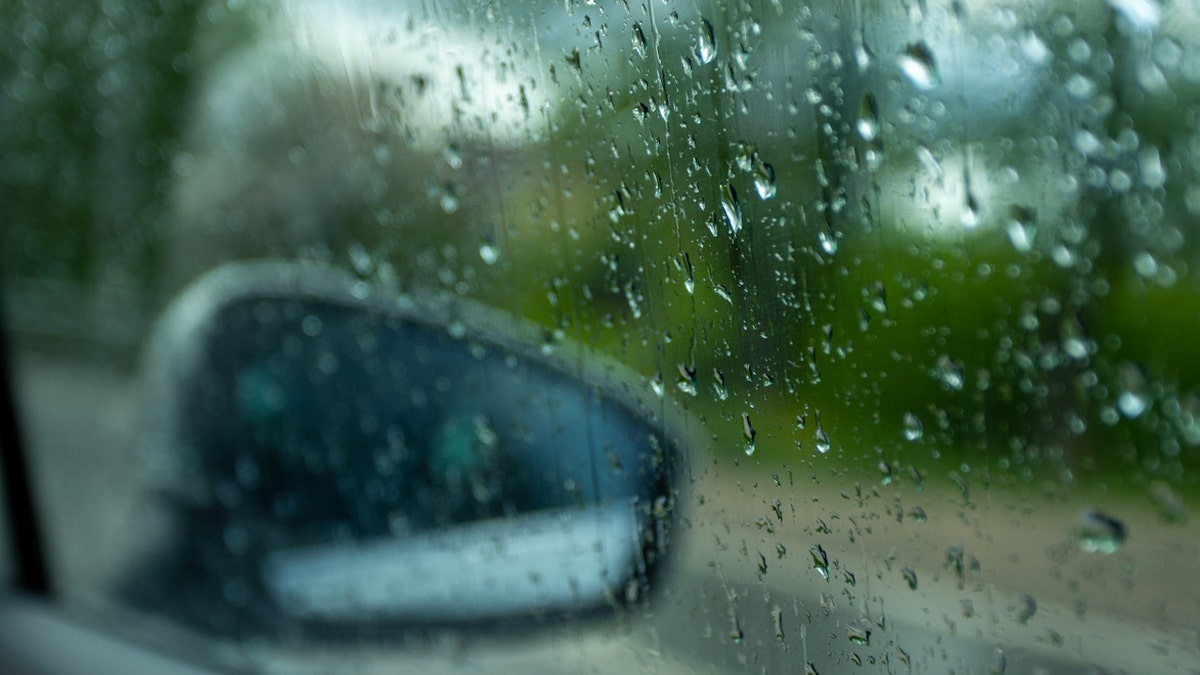
To prevent mold in a vehicle, experts recommend keeping your windows up when it rains or snows to prevent water from permeating the carpet or fabric. (iStock)
Having your car’s air quality and surfaces tested is one way to reduce the risk of exposure to allergens, toxins and chemicals, experts told Fox News Digital.
To prevent mold in a vehicle, Showalter recommends keeping your windows up when it rains or snows to prevent water from permeating the carpet or fabric.
He also cautioned about leaky air conditioners, which can foster mold growth in vehicles, and about leaving wet items in the car.
Lastly, before buying a used car, he said it is important to check the vehicle’s history to make sure it doesn’t have flood damage, which can lead to mold and other issues.
If you think you are experiencing illness due to chemical exposure in your car, home or office, it’s best to see a health care professional to discuss your symptoms.
Fox News Digital reached out to several major car companies for comment.
For more Health articles, visit www.foxnews.com/health.
Health
fatty15 has the essential nutrient to ease stress and well-being
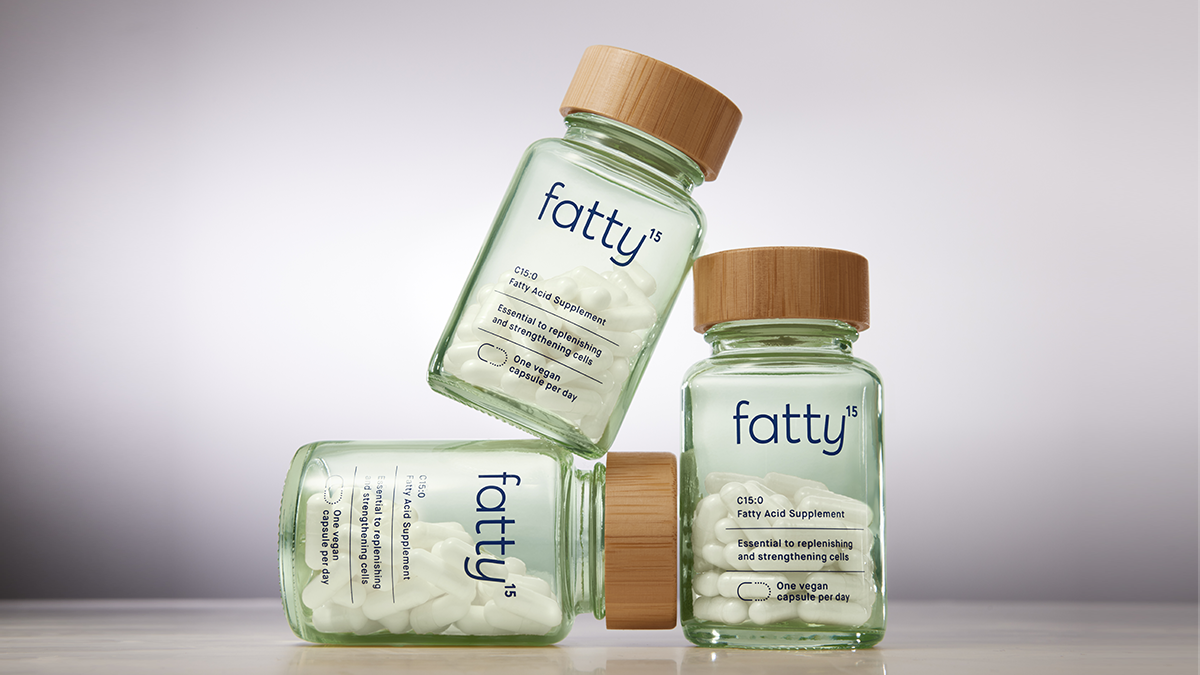
Sign Up
Create a free account to access exclusive content, play games, solve puzzles, test your pop-culture knowledge and receive special offers.
Already have an account? Login
Forgot your password?
Get back to the Sign In
Use left and right arrow keys to navigate between menu items.
Use escape to exit the menu.
-

 World1 week ago
World1 week agoPentagon chief confirms US pause on weapons shipment to Israel
-

 Politics1 week ago
Politics1 week agoRFK Jr said a worm ate part of his brain and died in his head
-

 Politics1 week ago
Politics1 week agoOhio AG defends letter warning 'woke' masked anti-Israel protesters they face prison time: 'We have a society'
-

 News1 week ago
News1 week agoNine Things We Learned From TikTok’s Lawsuit Against The US Government
-

 Politics1 week ago
Politics1 week agoBiden’s decision to pull Israel weapons shipment kept quiet until after Holocaust remembrance address: report
-

 Education1 week ago
Education1 week agoVideo: Police Use Pepper Spray on Protesters on G.W.U.’s Campus
-

 World1 week ago
World1 week agoA look at Chinese investment within Hungary
-

 News1 week ago
News1 week agoThe Major Supreme Court Cases of 2024



/cdn.vox-cdn.com/uploads/chorus_asset/file/25453128/1265758482.jpg)










